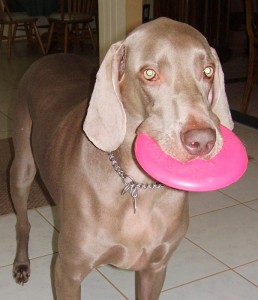 I know some wonderful animal photographers who are truly artists with a camera. It would be lovely if I could afford to keep one of them on a retainer to frequently photograph my dogs and cats and handle all the Seniors for Pets photography, but that’s not possible. So I do the best I can with the limited skills I possess.
I know some wonderful animal photographers who are truly artists with a camera. It would be lovely if I could afford to keep one of them on a retainer to frequently photograph my dogs and cats and handle all the Seniors for Pets photography, but that’s not possible. So I do the best I can with the limited skills I possess.
If you are also an amateur photographer, perhaps these tips will help you shoot better photos of your pets.
*Necessary equipment. Obviously, you need a camera, but an expensive one is not a necessity in most cases. Some people take very good photos with their smart phones. I am not one of them. I use a Nikon D-3000 DSLR and love it. But I also shoot with a very small, no-name digital camera and produce good results with it.
*Accessories help. If you use a single lens reflex camera (SLR), you need a couple of attachable, compatible lenses. I use a wide-angle lens most of the time, but my zoom lens is helpful at times. Tripods are useful, especially with a longer lens. I own 2 of them in different sizes, but I use them more often when shooting wildlife than I do with pets.
*Digital or 35 mm cameras? Today, it would be a mistake to not shoot with a digital, unless you are a professional photographer. The old-style, 35mm cameras require the purchase of film and cost of developing it. For the amateur, digital is the only way to go as long as you have a computer or tablet to work with. You also need editing software, which usually comes with the purchase of the camera.
*Props. Small toys and treats are useful to get an animal’s attention. I use a fishing pole toy with cats and a squeaky toy and treats when photographing dogs. When I handed Gator a Frisbee™, he hammed it up for my camera.
*Lighting and focus. Ditch the flash when possible. If you can turn off the flash and use indoor lighting, your photos will avoid red eyes or that “evil eye” white light that sometimes appears in human or animal eyes in photos. Never shoot with fluorescent lights around you. It doesn’t flatter anyone, human or animal.
*Settings and Backgrounds. Neutral is best! A busy or too-bright background takes away from your subject. Watch out for items “growing” out of your pet’s head. Sometimes, a tree branch in the background can look like antlers growing from a head.
*Experiment. Action shots are great, but so are close-ups of sleeping dogs and cats. Move around. Get down on the animal’s level and see what he sees. Try shooting up from below your subject. Shoot close-ups and from far away. Use the props. A sleeping puppy is even more adorable curled around a stuffed toy. In the following photo of Lucy, I used a fishing pole toy to grab her attention and get her to look up. It also helps to have an “assistant” to dangle the toy while you take the photos.
*Know when to call in the pros. Formal portraits need a professional touch. Professional photographers understand lighting and composition and all the tricks we amateurs can only dream about.
*Sharing your photos. I like to share my animal photos on Facebook, Google + and our websites. Just follow the directions on the social networks to upload yours to your page. There are many ways to share your photos with others. Along with the social media sites and email, you can use them for Christmas cards, coffee mugs, calendars, keychains and more. I use Vistaprint.com for some of these gift ideas, but you can also find them at Walgreen’s and other retail outlets.
 Copyright secured by Digiprove © 2013
Copyright secured by Digiprove © 2013





{ 0 comments… add one now }